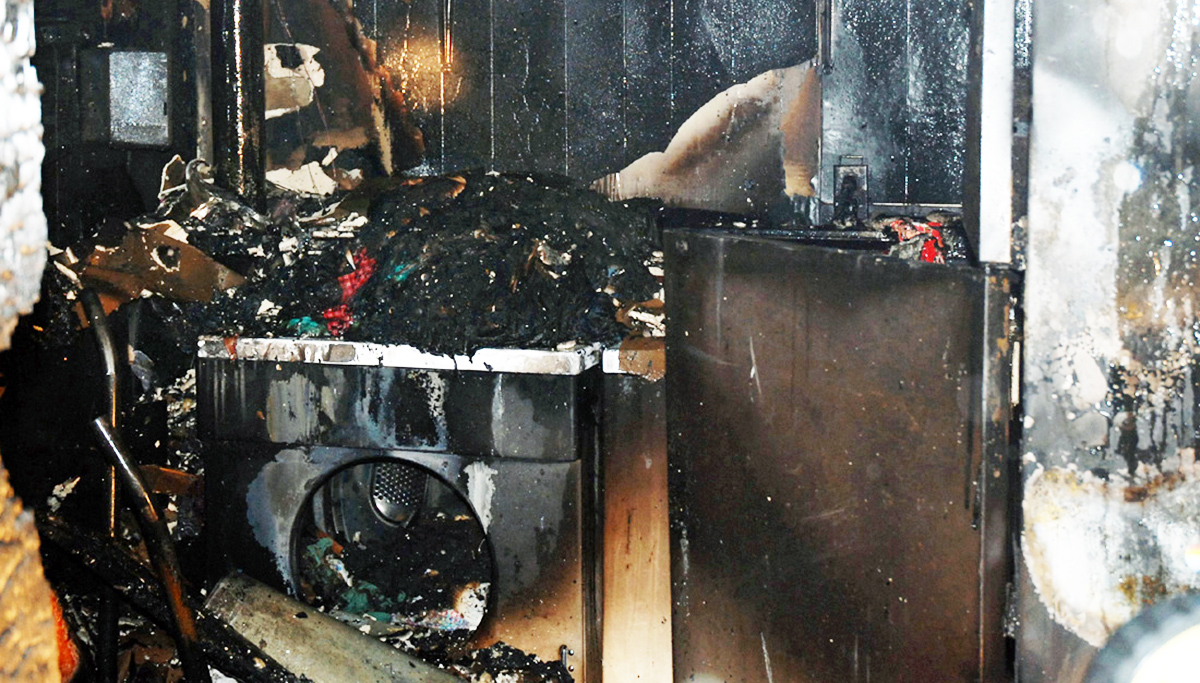Palo Alto, CA — Should you be worried about dryer lint? Well, the answer is yes, according to researchers at the Rundex Family Foundation located in Palo Alto, CA. According to their 7-year study of over 7000 American clothes dryers, you should not be sleeping as well as you are at night. If you’re not sleeping well, at least you’ll have an excuse now.
“The data speaks for itself,” said lead researcher Robert Colvin of Rundex. “Each year over 2800 clothes dryers catch on fire, often taking entire houses and apartment complexes with it. With the fires, upwards of 5 people per year a burnt to death, and over 100 people are injured. Topping these dryer fires cause $35 million in property loss. So if you were to ask me if I was worried, I would say yes. Definitely yes.”
There are a variety of reasons why dyers burst into flames. But generally, when you have flammable lint next to an extreme heat source, you don’t have to be a brain surgeon to understand how a fire might start and destroy everything in creation.
How a Clothes Dryer Works: A Guide for Dumbasses
A clothes dryer works by forcing hot air through a turning drum. Wet clothes placed in the drum are then dried by moving hot air. It is possible for a full load of wet clothes to contain as much as one and a half gallons of water. Lint, consisting mostly of small fibers from the clothes and debris in or on the clothes, is created from the clothes as the clothes tumble in the drum. While much of the lint is trapped by the dryer’s filter, lint is also carried through the vent system along with moist air.
How Does a Clothes Dryer Catch on Fire and Ruin Your Life?
Lint is a highly combustible material that can accumulate both in the dryer and in the dryer vent. Accumulated lint leads to reduced airflow and can pose a potential fire hazard. In addition to the accumulation of lint, blockage in dryer exhaust vents also can occur from the nests of small birds or other animals or from damages to the venting system itself. A compromised vent will not exhaust properly to the outside. As a result, overheating may occur, and a fire may ensue.
What Can You Do?

There’s nothing you can do. I mean, look at the totals in the above chart. A whopping 100% of dryers fires in residential buildings are caused by, you guessed it, clothes dryers. According to Rundex’s Robert Colvin, there is very little hope for survival.
“Well, I’m just the data guy here at Rundex,” continued Mr. Colvin. “But I know what I’m going to do. I’m going to curl up in bed and weep whenever the dryer is going. I mean small birds? Flammable lint? Come on. It’s hopeless.”






